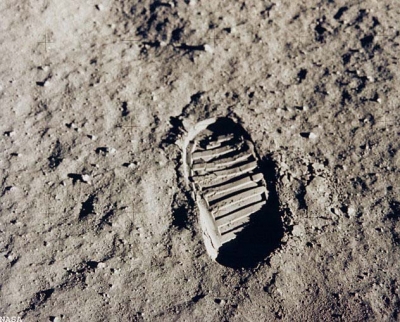
A lunar eclipse occurs when the Earth comes directly between the Sun and the Moon. As the Moon moves through Earth's shadow, the planet prevents direct sunlight from reaching the surface of the Moon. The Moon does not disappear but turns red because Earth's atmosphere bends the Sun’s rays. A lunar eclipse can occur only on the night of a full moon. The type and length of a lunar eclipse depend on the Moon's proximity to either node of its orbit.
During a total lunar eclipse, Earth completely blocks direct sunlight from reaching the Moon. The only light reflected from the lunar surface has been refracted by Earth’s atmosphere. This light appears reddish for the same reason that a sunset or sunrise does: the Rayleigh scattering of bluer light. Due to this reddish color, a totally eclipsed Moon is sometimes called a blood moon.
Unlike a solar eclipse, which can only be viewed from a relatively small area of the world, a lunar eclipse may be viewed from anywhere on the night side of Earth. A total lunar eclipse can last up to nearly 2 hours, while a total solar eclipse lasts only up to a few minutes at any given place, due to the smaller size of the Moon's shadow. Also unlike solar eclipses, lunar eclipses are safe to view without any eye protection or special precautions, as they are dimmer than the full Moon.
Earth’s shadow can be divided into two distinctive parts: the umbra and penumbra. Earth totally occludes direct solar radiation within the umbra, the central region of the shadow. However, since the Sun's diameter appears about one-quarter of Earth's in the lunar sky, the planet only partially blocks direct sunlight within the penumbra, the outer portion of the shadow.
A penumbral lunar eclipse occurs when the Moon passes through Earth's penumbra. The penumbra causes a subtle dimming of the lunar surface. A special type of penumbral eclipse is a total penumbral lunar eclipse, during which the Moon lies exclusively within Earth's penumbra. Total penumbral eclipses are rare, and when these occur, the portion of the Moon closest to the umbra may appear slightly darker than the rest of the lunar disk.
A partial lunar eclipse occurs when only a portion of the Moon enters Earth's umbra, while a total lunar eclipse occurs when the entire Moon enters the planet's umbra. The Moon's average orbital speed is about 1.03 km/s (2,300 mph), or a little more than its diameter per hour, so totality may last up to nearly 107 minutes. Nevertheless, the total time between the first and the last contacts of the Moon's limb with Earth's shadow is much longer and could last up to four hours.
The relative distance of the Moon from Earth at the time of an eclipse can affect the eclipse's duration. In particular, when the Moon is near apogee, the farthest point from Earth in its orbit, its orbital speed is the slowest. The diameter of Earth's umbra does not decrease appreciably within the changes in the Moon's orbital distance. Thus, the concurrence of a totally eclipsed Moon near apogee will lengthen the duration of totality.
A central lunar eclipse is a total lunar eclipse during which the Moon passes through the centre of Earth's shadow, contacting the anti-solar point. This type of lunar eclipse is relatively rare.
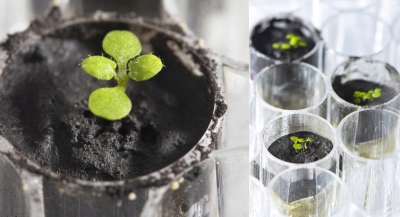
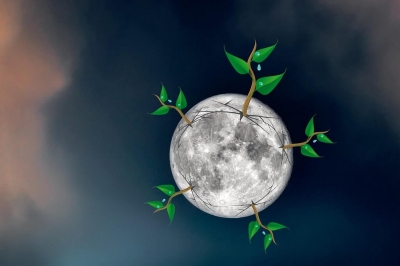
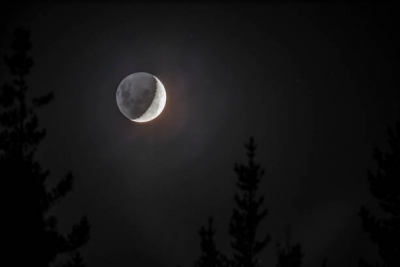
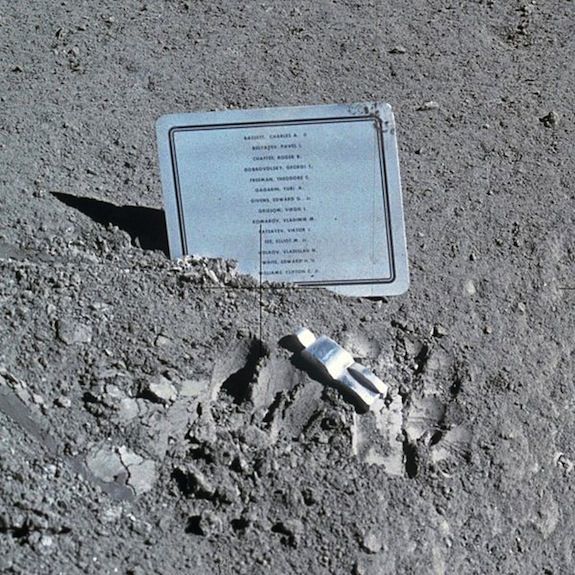
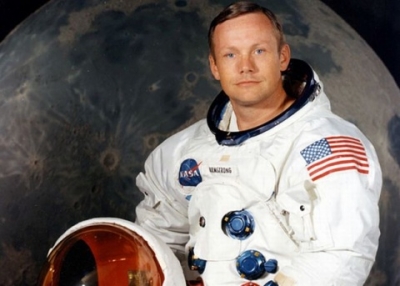


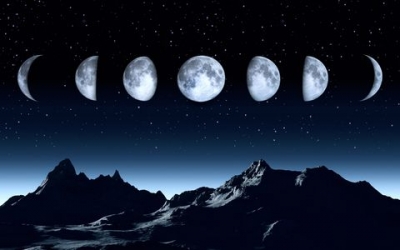
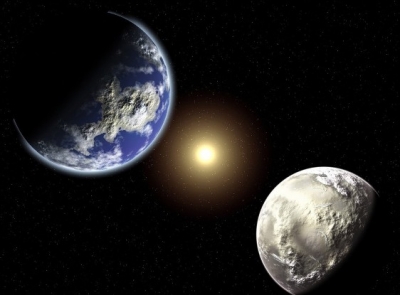
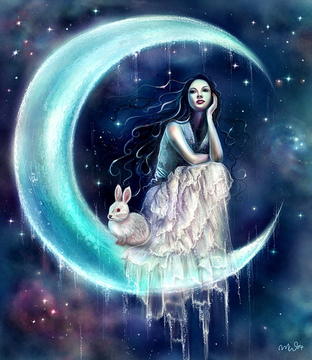
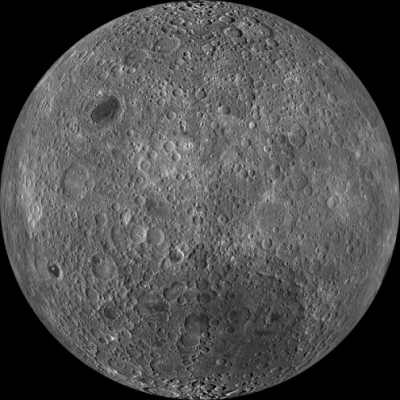 The Moon
The Moon 